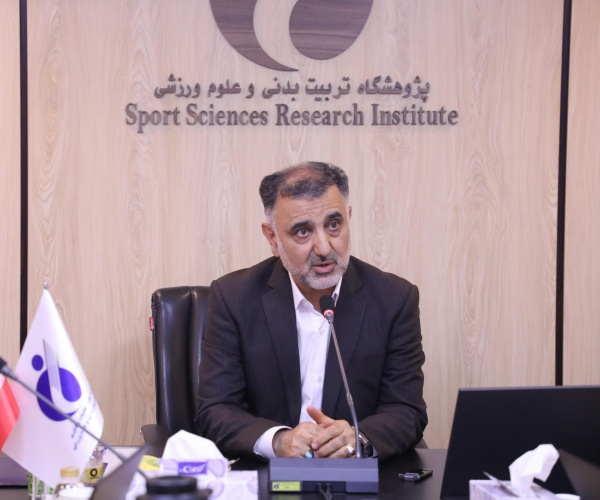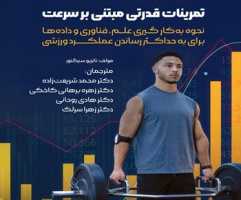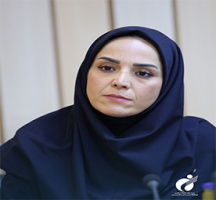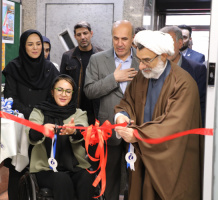Dr. Mehrali Barancheh, president of the Zurkhaneh and Pahlavani Sports Federation, stated in the knowledge-enhancement meeting at the Research Institute of Physical Education and Sports Sciences that sports and physical fitness played a decisive role in t

He explained that at the beginning of the war, there was no organized structure for physical education within military units, and training was sporadic, focusing on combat readiness. He shared his personal experience of joining the army at 16-17 years old in 1981, where rigorous training like mountain climbing, endurance exercises, and long marches prepared fighters for operations despite harsh conditions.
Barancheh pointed out the differing training environments in the western mountainous regions compared to the southern watery regions like Dezful, where activities such as swimming and boating were vital for preparation. Veterans with more military experience initially led many of these trainings. By 1984-85, more systematic physical education programs were established, supervised by trained professionals, resulting in structured physical conditioning and combat training for various military divisions.
He recalled that during Operation Karbala 4, many soldiers faced deep water for the first time, revealing the urgent need for swimming training. Over time, the armed forces developed scientific and standardized physical education systems inspired by war experiences and international models. Today, physical fitness assessments, martial arts, self-defense, and military sports are integral parts of armed forces' training, enhancing readiness and effectiveness.
Barancheh concluded by emphasizing the sacredness of the land preserved by martyrs' blood and the duty to uphold their ideals by promoting sacrifice and chivalry spirit. Many veterans entered the frontlines fueled by sports and tough training, facing enemies with enduring resolve.





Your Comment :